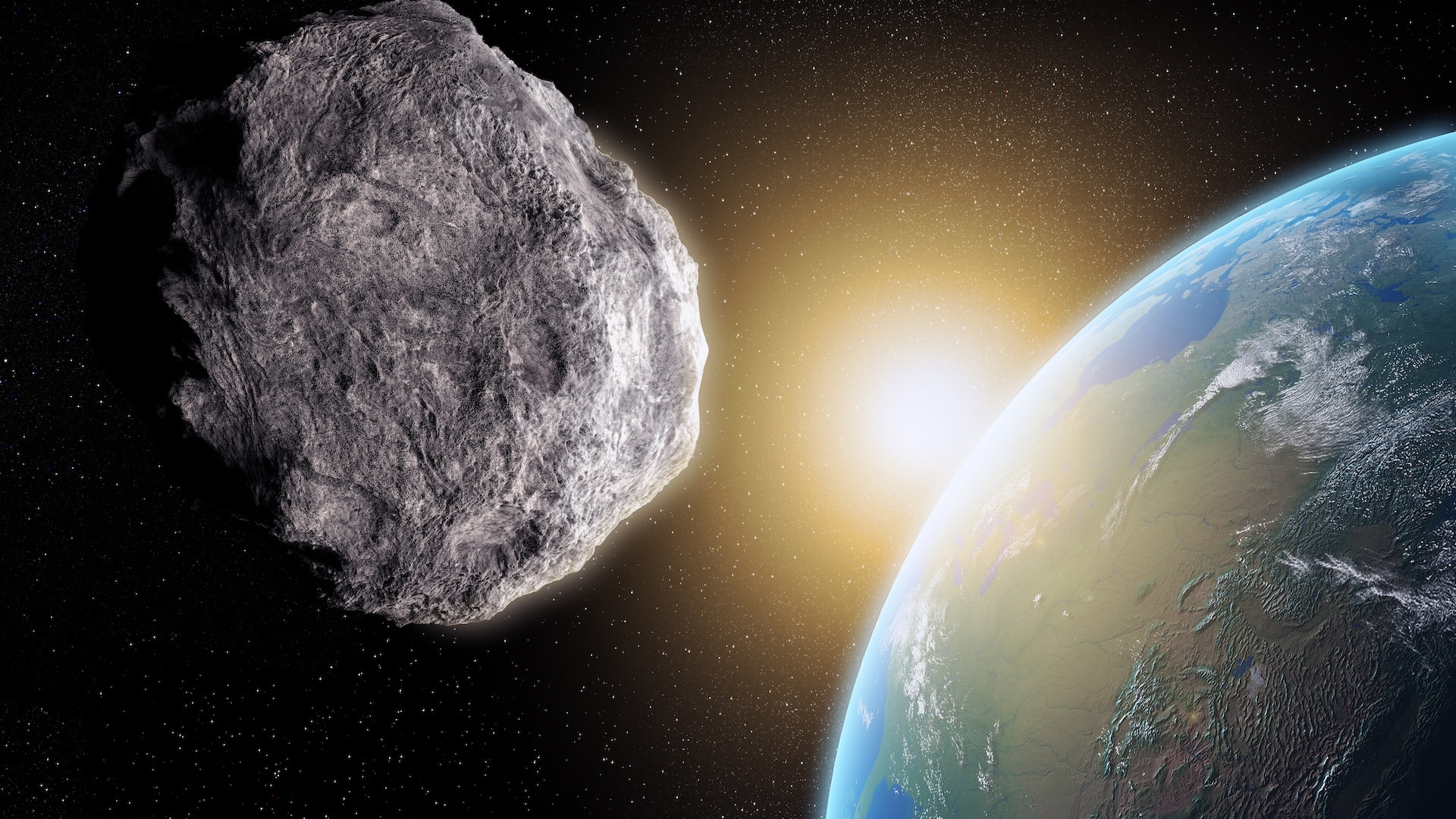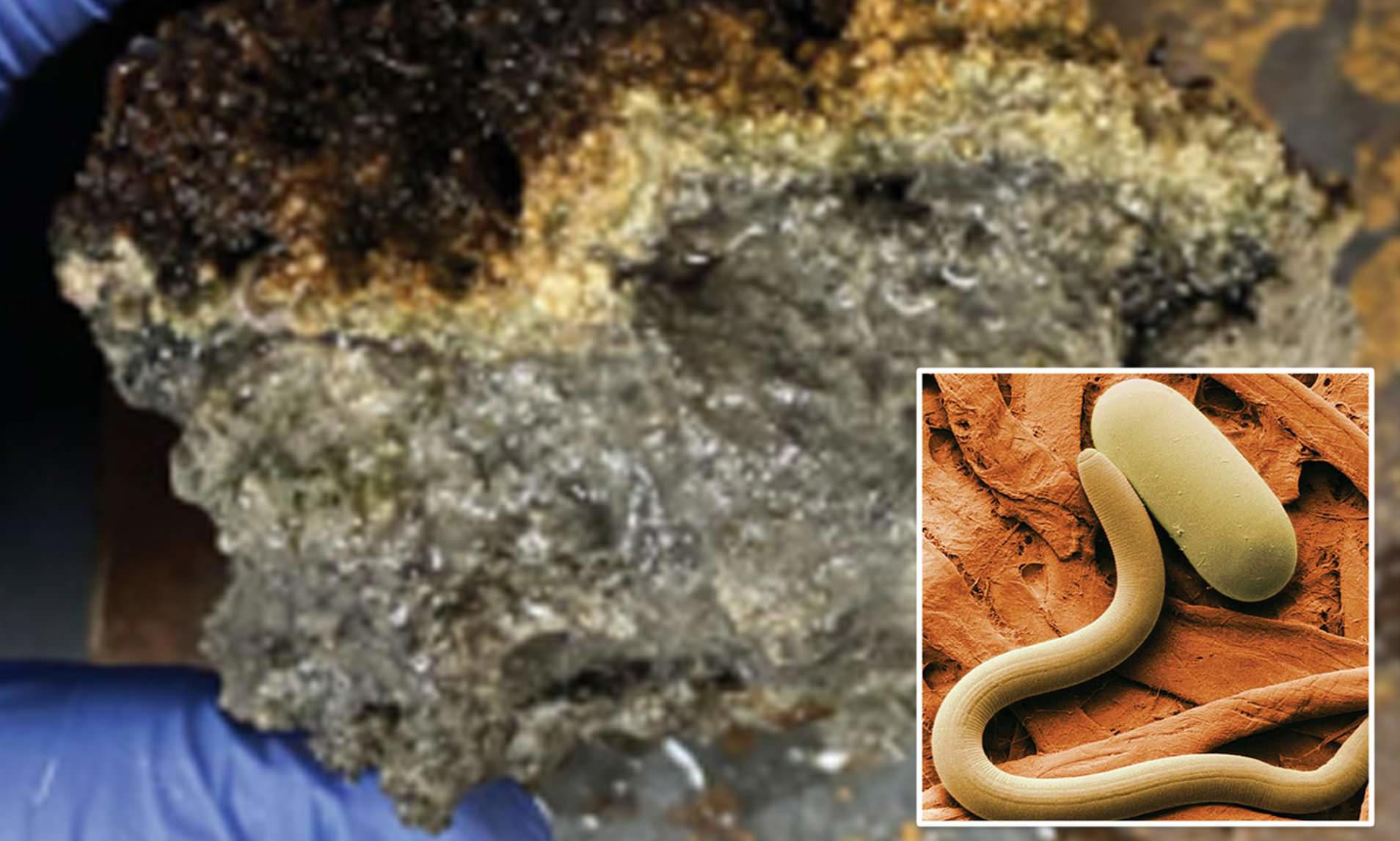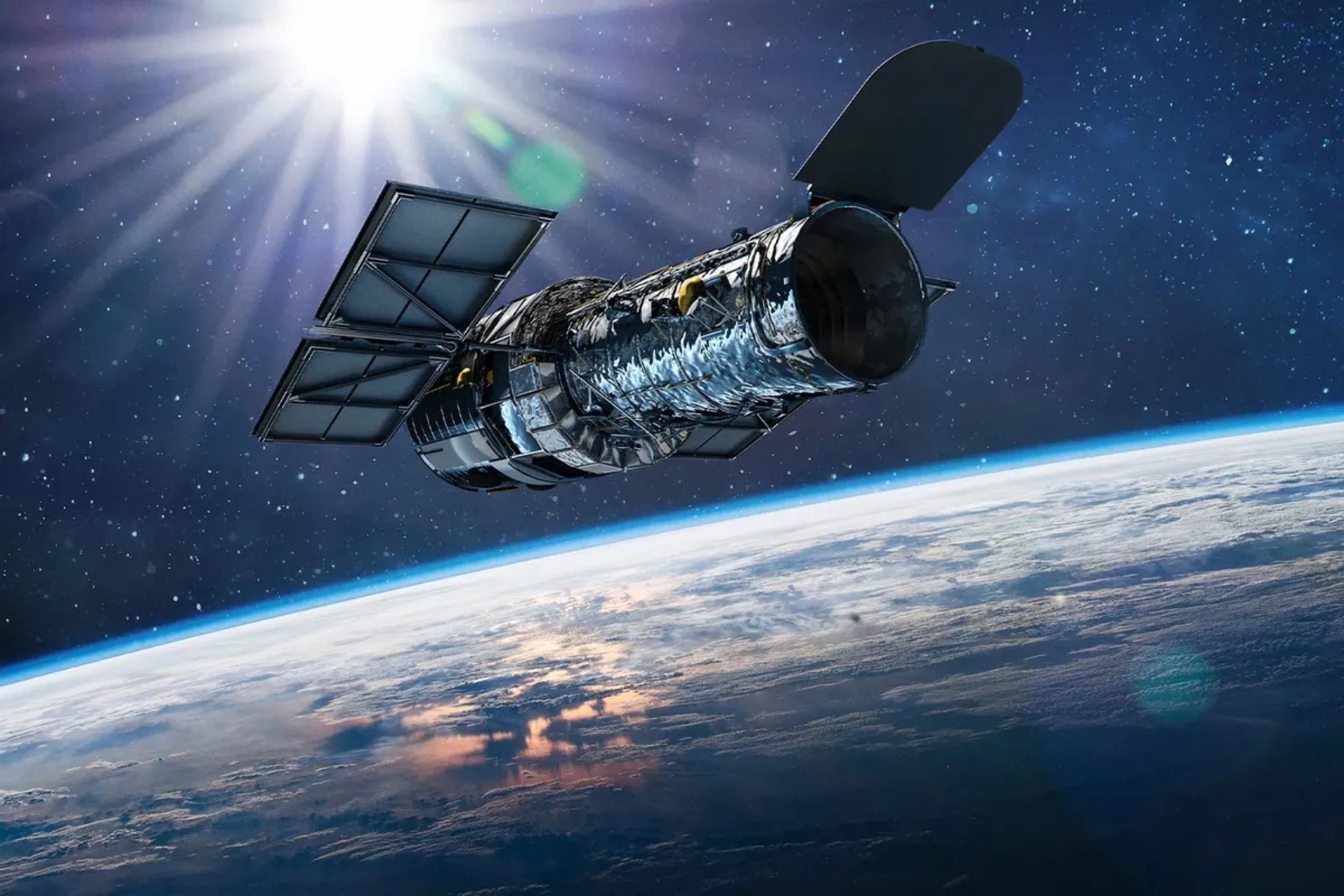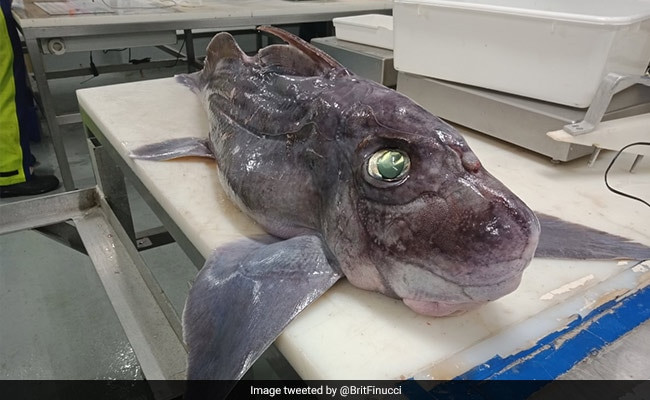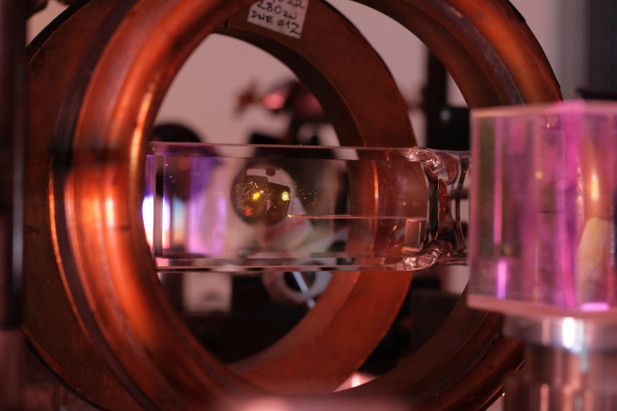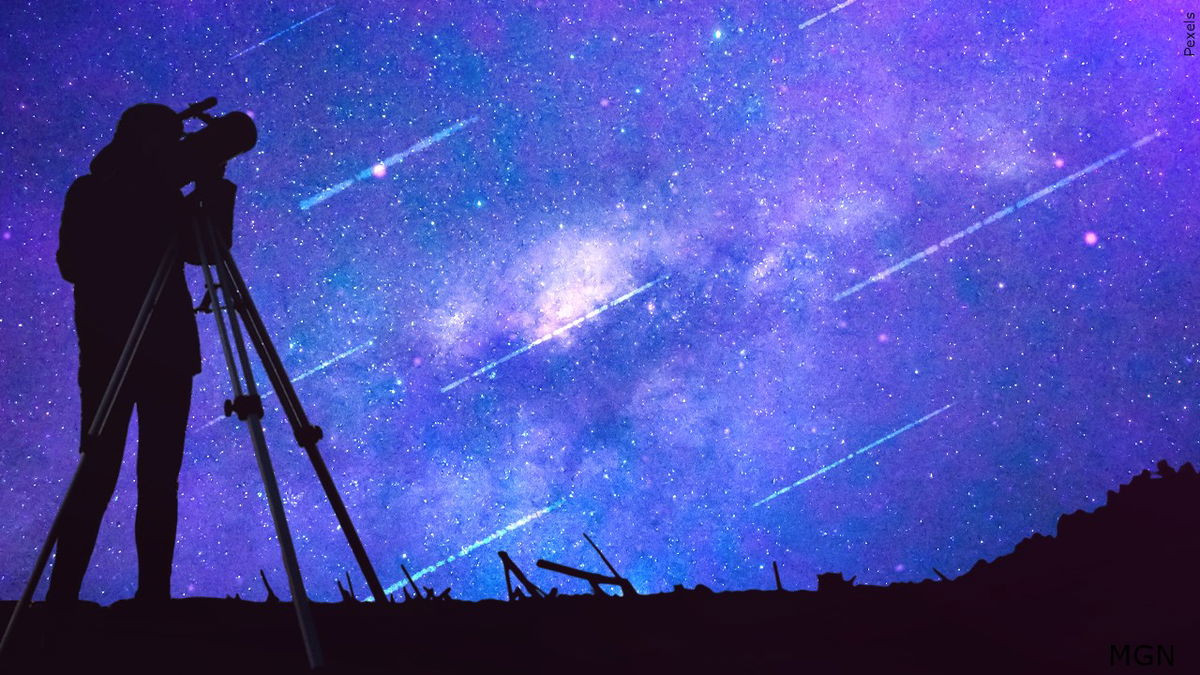Earth is set to play host to a visiting “mini-moon.”
An asteroid is expected to swing by Earth next week, then spend about two months orbiting the planet as it gets temporarily caught by Earth’s gravity, according to two astronomers in Spain who reported the discovery.
The asteroid, dubbed 2024 PT5, is 33 feet long — roughly equivalent to a standard school bus. The space rock does not pose a threat to Earth, and it is not expected to stick around for long before it swings back out into space on a path around the sun.
“It will not complete one orbit around Earth, just part of it,” said Carlos de la Fuente Marcos, who co-authored a study about the asteroid published this month in the journal Research Notes of the American Astronomical Society.
It’s not every day that Earth adopts a new companion, but such mini-moon events are not altogether uncommon, either.
Astronomers in Arizona spotted a different visiting mini-moon — a tiny asteroid named 2020 CD3 — in Earth’s orbit in February 2020. It was estimated to measure 6 to 11 feet across, and it orbited Earth for more than a year before it was flung back into space.
Studies subsequently found that asteroid 2020 CD3 had most likely been captured by Earth’s gravity in 2017, three years before it was discovered in our planetary backyard.
Before that, an asteroid named 2006 RH120, which orbits the sun and passes close to Earth every few decades, was captured by Earth’s gravity in June 2006 and stayed until around September 2007.
Mini-moons tend to come in two “sizes,” Marcos said: short or long.
“A short mini-moon episode may last hours, days, weeks or a few months, and the affected object does not complete one revolution around Earth,” he said in an email. “On the other hand, long mini-moon episodes last at least for one year and probably more, and the object involved completes one or more revolutions about Earth.”
The upcoming visit from asteroid 2024 PT5 will be short.
The space rock will be too small and faint to be seen with regular telescopes and binoculars. Marcos said he and his colleagues plan to study it with the Gran Telescopio Canarias, a ground-based observatory in the Canary Islands.
The scientists hope to learn about the asteroid’s surface composition and how fast it rotates, he said. Those observations could help researchers figure out its origin, which in turn could shed light on other asteroids, including ones that could be dangerous to Earth.
An early warning system for asteroids known as ATLAS (short for Asteroid Terrestrial-impact Last Alert System) discovered 2024 PT5 in early August. The ATLAS telescopes were funded by NASA and developed by the University of Hawaii.
How Will The Mini-Moon Impact Earth?
While the “mini-moon” is a temporary visitor, it has sparked a lot of excitement among space enthusiasts, especially because its visit is so short-lived. And while there are no plans for a manned mission to the mini-moon, scientists are eagerly awaiting its visit. They are especially excited because they have the opportunity to study the asteroid for two months.
How To See Earth's Mini-Moon
The mini-moon won't be visible to the naked eye, as it will be far too small and faint for human vision. However, professional astronomers can study this asteroid with powerful telescopes.
A Glimpse into the Past
This temporary celestial companion isn’t just a fleeting marvel; it’s a window into the past. This mini-moon is part of the Arjuna asteroid group. These asteroids orbit the Sun along a path slightly farther out than Earth’s orbit. Some of these asteroids make close approaches to Earth. This mini-moon gives us a chance to study this group and learn more about the early solar system.
This cosmic visitor may only be around for a brief period, but it has the potential to spark our imagination and deepen our understanding of the universe. So look up and enjoy the show!
What Happens After the Mini-Moon Leaves?
After its two-month visit, 2024 PT5 will continue its orbit around the sun. It will likely make its next visit in 2055, but until then, we can keep exploring what the mini-moon reveals about asteroids, Earth’s gravity, and the mysteries of our solar system.




